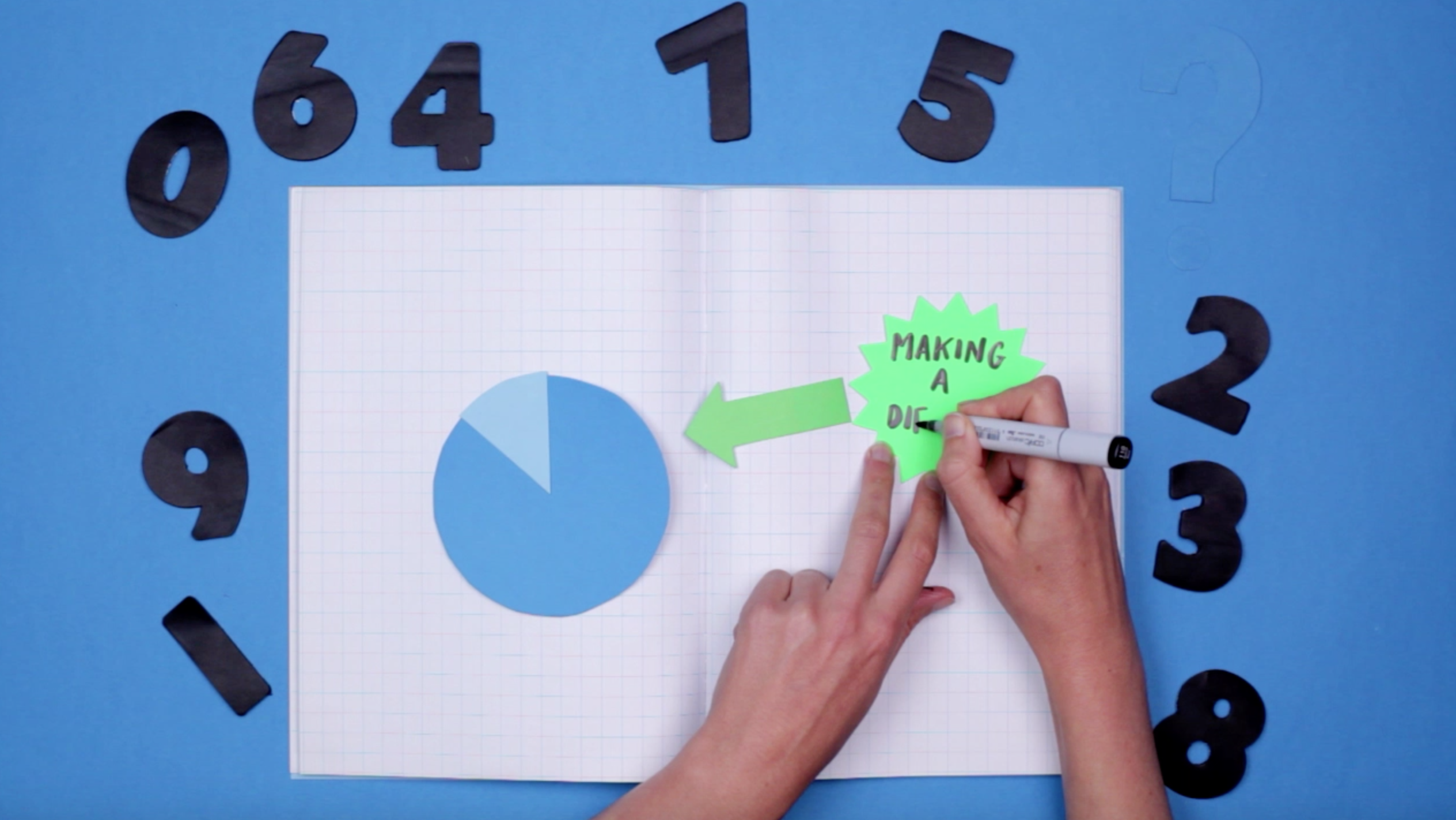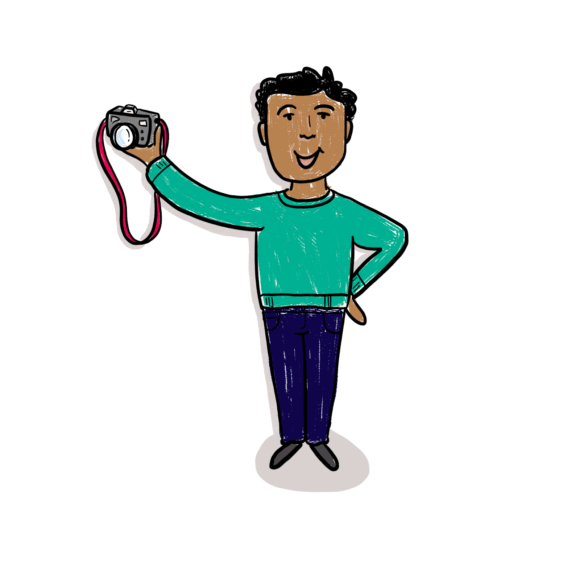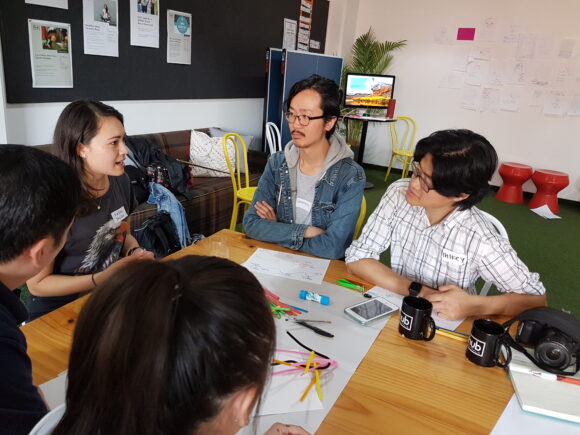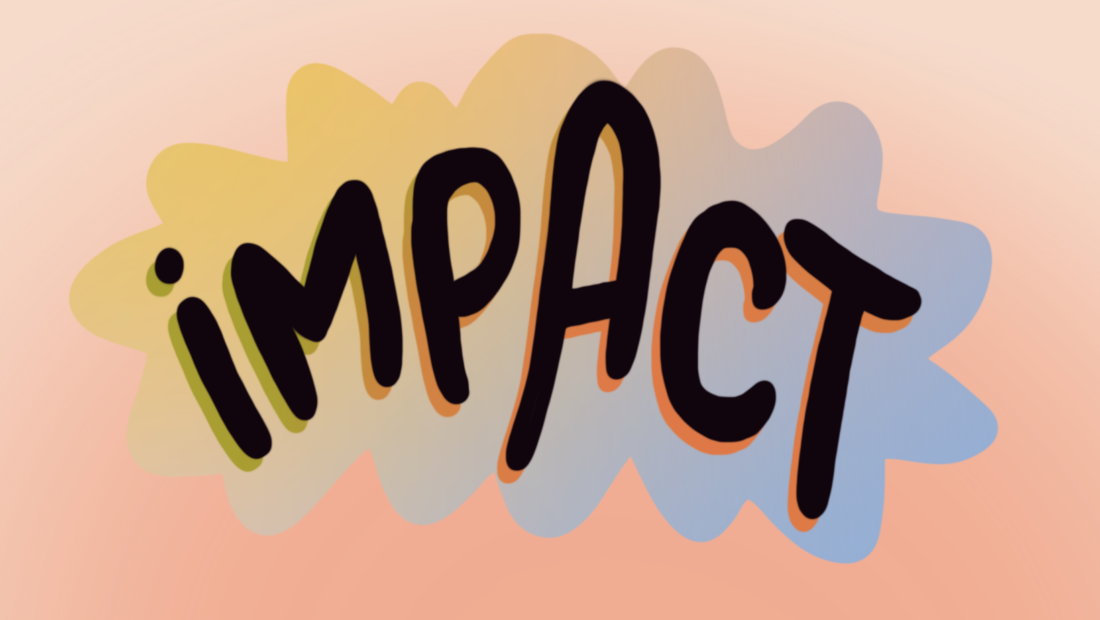Using story to measure and communicate your impact, and how to tell if it’s working
There are plenty of organisations doing life-changing work, but the challenge of measuring and communicating that impact can be tricky. This month, we share how stories can be used to measure and communicate your impact, and how to gauge whether your storytelling efforts are working.
If a rare fish species is saved on the Reef, but nobody knows about it – did it really happen? What about if a program helped prolong the life of a woman living with HIV? Or if a food hamper helped a person struggling with alcohol addiction to feel more connected during COVID?
Every day, there is extraordinary work happening all around us. So, how can you measure and communicate your impact in a compelling, memorable and shareable way? You guessed it – it’s time to tell stories.
The importance of measuring your impact
According to the Stanford Social Innovation Review, the positive ‘impact’ that charities, non-profits, NGOs, and purpose-driven businesses are trying to have on the world is far more than a buzzword. That’s because ‘impact’ implies causality; it tells us how a program, campaign or organisation has changed the world around it.
But, in this line of work, we can’t just try hard, say we ‘make a difference’ and hope for the best. We need to provide proof of impact. That’s why the work of measuring and communicating impact matters greatly in assessing how best to spend and allocate our limited resources.

There is an adage in the social entrepreneurship space that: ‘if you can’t measure it, it didn’t happen.’ And so it follows that, over the past decade, social impact measurement has emerged as a key tool in validating and reporting the impact that social enterprises and charities create as a part of their social and environmental missions.
While we can agree that measuring our collective impact is critical, it doesn’t mean that it’s easy – often, far from it. Indeed the work of uncovering, distilling down, and encapsulating the often complex outputs, outcomes and impact of your project or campaign is ‘work’ in and of itself. So, in order to measure your impact efficiently, you need to be able to use the ‘data’ at your ready disposal. And, if there’s one point of data that we don’t have to go far to find in the charity and non-profit space – it’s a good story.
Curious about improving your impact measurement? Check out this resource on ways to measure your social impact from our good friends at Social Change Central.
Why storytelling is so effective at measuring impact
Time and again at Digital Storytellers, we see purpose-driven organisations without the resources and the know-how to carry out robust impact measurement. Why? Because they’re too busy *actually doing the work of changing the world*. However, measuring and communicating your impact doesn’t have to be all longitudinal studies and hefty evaluations.
Investing in your ability to find, make, edit, and share the stories behind your program or campaign can be one of the most powerful, cost-effective and impactful ways to communicate and measure your work. Here’s why…
🐬 Stories give a human (or animal!) face to quantitative data. They are dynamic and provocative in a way that numbers and reports can only hope to be.
😌 Stories help to capture and communicate in a more qualitative way that words and numbers alone cannot; in a way that captures the ‘essence’ and the ‘unspoken’ impact through colour, facial expressions, movement and multiple dimensions. Thus, captivating hearts and minds at the same time.
🤝 Stories give people the chance to interact and connect. They are neither passive, nor one-sided, and they are how we as humans digest and retain information.
🤯 Stories are effective at distilling change that’s occurred over a long period of time and conveying it in a cohesive narrative, giving people the chance to both celebrate and make progress visible.
🙏 Stories help to foster a sense of belonging and pride for stakeholders making them an effective means of measuring impact qualitatively, resulting in a higher SROI, while reflecting back to us an expansive vision of a more bold and beautiful world.
Bringing the power of impact storytelling to life with an example
Following the launch of their Social Benefit Bond, designed to keep children with their families and out of foster care (where safe to do so), The Benevolent Society needed to measure and communicate the impact of this $10 million program for its investors.
Rather than simply delivering a dry report or outlining a series of ‘quantitative outputs’, The Benevolent Society wanted to tell a story that would engage both the minds and hearts of investors, and educate their community about why this particular program would take time to deliver on financial returns. Take a look!
By using story to both measure and communicate the often intangible, but very real, impacts of these bonds through the lens of a young girl named Lily, The Benevolent Society was able to highlight the social purpose behind the program, and tap into story’s ability to build networks and relationships with new and existing investors alike.
Using story to measure and communicate impact doesn’t just have to mean videos either. Check out our portfolio full of animations and eye-catching story illustrations to see what’s possible for your organisation!
How to choose the ‘right’ story to tell
At Digital Storytellers, one of the reasons that we take our job as impact storytellers so seriously is that we know every dollar invested in storytelling by a charity, non-profit or social business has been budgeted, fundraised for or allocated purposefully, often at the expense of another equally worthy activity.

Therefore it’s crucial to choose the most effective story to tell.
To borrow from Robert Medina in his piece on ‘Taming the Measurement Monster’:
“Smart nonprofits look at storytelling a bit differently. They’re thinking strategically about the story they want to tell, how it aligns with the goals of the organisation, and how their target audiences may engage through particular distribution channels.”
So choosing the ‘right’ story is all about asking: What high level, but tangible, changes do you want to happen as a result of telling this story? And who do I need to engage to drive this change?
Is your ideal outcome an increased awareness or understanding of an issue amongst a particular audience? – like this story of ‘my old friend, MRKH’, amplifying the voice women around the world living with Mayer Rokitansky Küster Hauser syndrome and raising awareness amongst doctors, or like this story by Reef Storytellers raising vital awareness about the status and predicted future of a national treasure?
Are you aiming to shift perception or community attitude – like Waverley Council with this story on ‘a day in the life of a Garbo’ ?
Are you trying your darndest to change people’s behaviour and demystify a process that the public knows little about, as was the case for the NSW Organ and Tissue Donation Service with their story on Tissue Banks?
Are you hoping to bring a community together and build a sector’s capacity – like this story on Victoria’s social enterprise community through lockdown?
No matter what it is, choosing the right story starts with an understanding of why you’re telling it, who you’re trying to reach and the change you’re trying to create in the world. And if you need a little help, be sure to use our free Campaign Roadmap tool to get you started.
And how will you know if your story is ‘working’?
We’ll try not to get too ‘Inception’ on you here but – while storytelling is a critical tool to help you measure the impact of the work you are doing – you also need to measure the impact of the stories themselves. Confused? Let’s try it another way: is your impact story having its desired effect?

What indicators will signify that the story is creating tangible impact? What will people be saying? What will they be doing?
Some indicators you might consider include:
- Increased sign-ups for an initiative, program or event
- A spike in enquiries
- The quality and tone of conversations within a community
- Dollars raised
- Downloads of a resource
- Views, shares or engagement with the story (amongst your target audience!)
Indeed it is often the act of experiencing how and what your audience reacts to, that we can grow our impact by using those insights to make future decisions around our storytelling.
And if you need a little help in that process, be sure to download our free Story Canvas to get you started.
Being data-informed, not data-driven
However, let’s not forget that there is also richness in the ritual of storytelling itself, in the process of deep listening, reflection and distillation of the story, regardless of whether a story fulfils a criteria of tangible ‘success’ or not.
What does this mean for us at Digital Storytellers?

Sometimes this means that the quickest path to producing a story that delivers ‘outcomes’ might not be the right path to take, if we aren’t able to create space to listen deeply to diverse voices and stakeholders. It might mean that we have to balance an ‘effective’ communications strategy with the need to tell a story in a way that is authentic to the organisation, community or person we are working with to tell that story. Or we might have to ask: if the process of producing an impactful story is going to take a mental or emotional toll on the very community it is supposed to benefit, is that the right story to tell?
So while it’s important to use the data available to us to assess outcomes, the ritual of story itself as an integral part of the process of creating impact and we like to think about storytelling as being data-informed, rather than data driven.
We love helping purpose-driven organisations to measure and communicate and measure their impact using the power of story. If you would like help to find, shape and share your hopeful story, get in touch with our team to book a dedicated Storytelling Workshop.
And for more on measuring the effectiveness of stories, this is one of our favourites on how to weave narrative arcs through your communications from the folks at The Storytelling Nonprofit.

